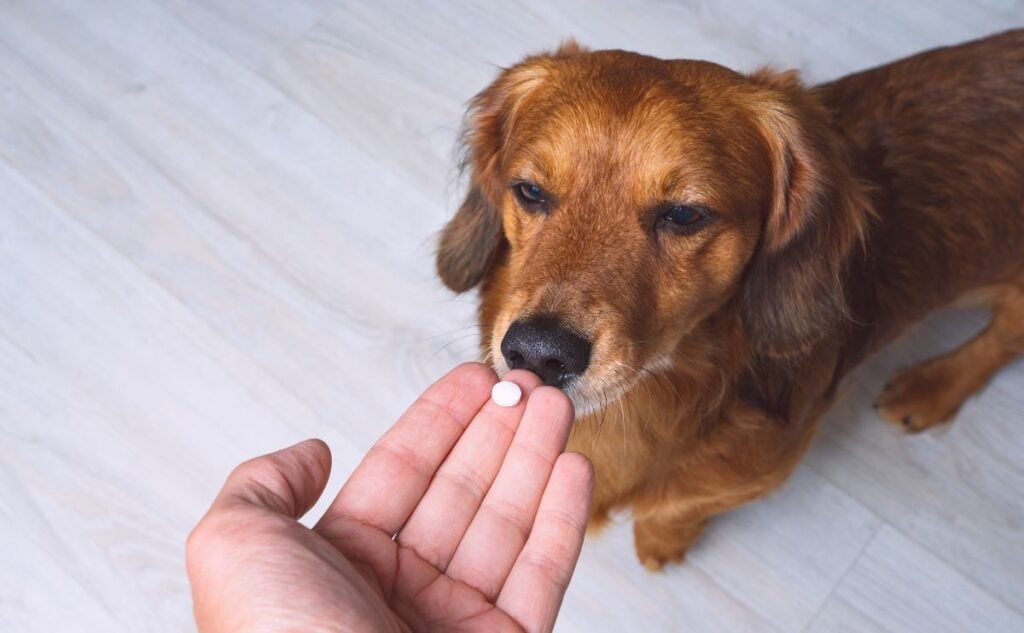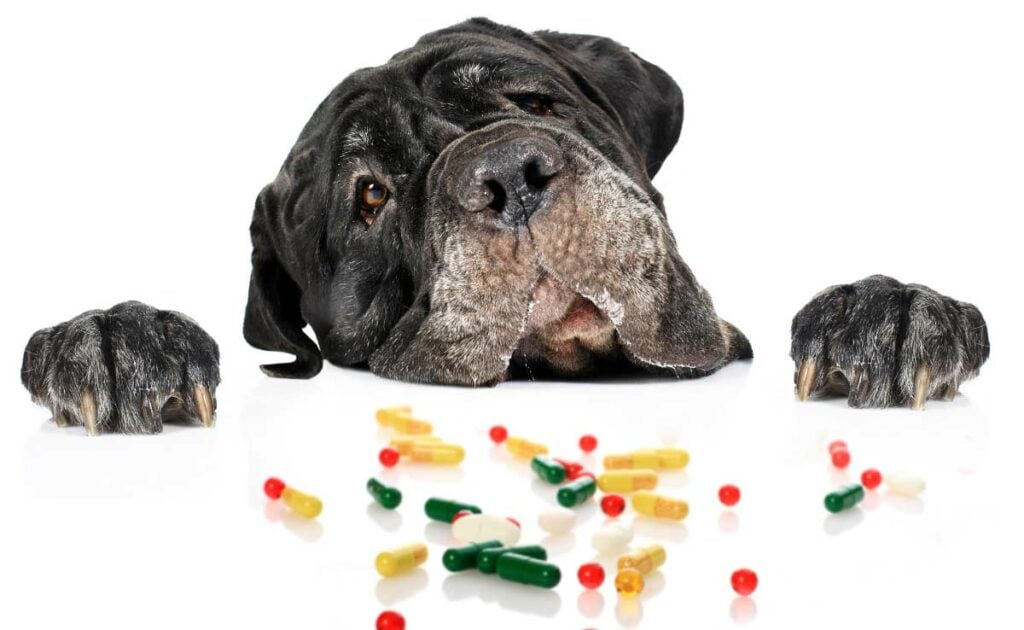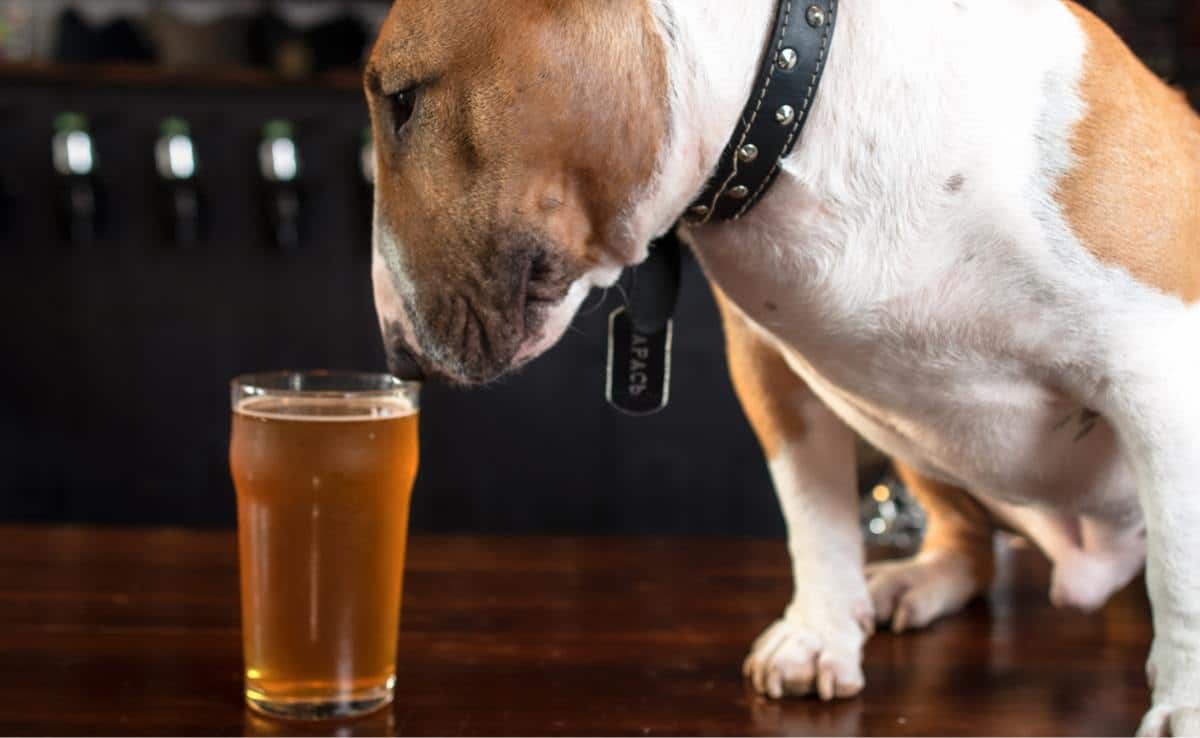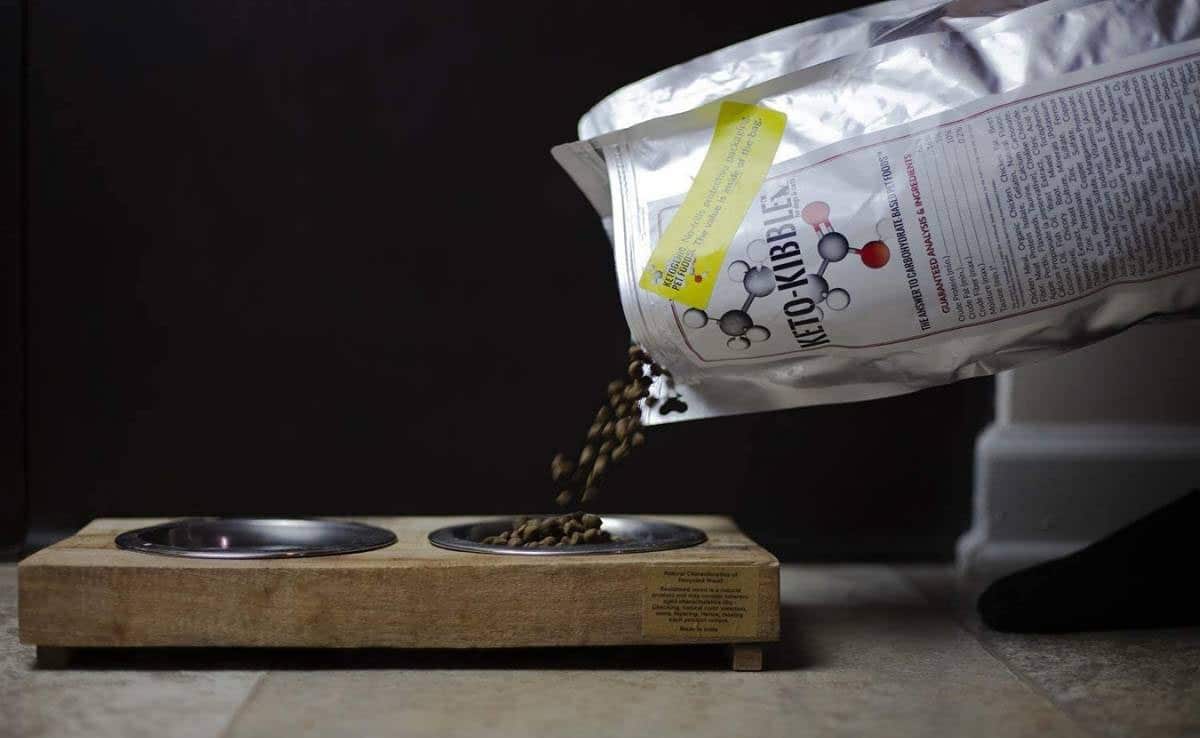Why Thiamine Might Be The Most Overlooked Nutrient In Your Dog’s Food
When you purchase through links on our site, we may earn a commission. Here’s how it works.
Ever looked at your dog’s food label and thought, what is thiamine, and why is it in here? It’s not just another filler—it’s a nutrient!
Table of Contents
Thiamine, also known as vitamin B1, plays a non-negotiable role in your dog’s nutrition, especially regarding energy production and nervous system health.

Thiamine’s Triple Role: Digestion, DNA & Brain Health
In commercial dog food, thiamine usually appears as one of two synthetic forms: thiamine mononitrate or hydrochloride. Both are safe and effective forms that help meet your dog’s nutritional needs.
Here’s where thiamine really shows off:
- Digestion dynamo: Thiamine helps break down carbs and converts them into energy—fueling those zoomies.
- DNA protector: It supports enzymatic processes involved in cell reproduction and repair.
- Brain booster: Vital for nerve function, thiamine helps keep your pup mentally sharp and neurologically stable.
A deficiency affects not just the gut but also the brain and body. That’s a trifecta you don’t want to disturb.
Why Your Dog’s Food Needs A Thiamine Boost
While thiamine is naturally present in ingredients like meat, fish, and whole grains, the cooking and processing of dog food can degrade this essential vitamin.
Dog food processing is brutal on vitamins. High heat, long storage, and oxygen exposure degrade naturally-occurring thiamine.
To compensate, manufacturers often add thiamine mononitrate or thiamine hydrochloride to ensure your dog receives the necessary amount. This fortification helps prevent deficiencies and supports overall health.
The Perils Of Thiamine Deficiency
A lack of thiamine can lead to serious health issues in dogs. Early signs of thiamine deficiency include loss of appetite, weight loss, and vomiting. If left unaddressed, deficiency can progress to neurological problems such as weakness, seizures, and even death.
Signs Of Thiamine Deficiency In Dogs
Thiamine deficiency can sneak up fast—and the signs aren’t always apparent. Here’s what to watch for:

Early symptoms:
- Lethargy or low energy
- Loss of appetite
- Vomiting
- Weight loss
Progressive symptoms:
- Dilated pupils or vision problems
- Mental dullness or confusion
- Muscle weakness
- Unsteady gait (ataxia)
- Seizures or tremors
Because thiamine plays such a significant role in nerve and muscle function, deficiencies can turn serious quickly. Contact your vet immediately if you notice any combination of these symptoms, especially after a diet change.
Natural Sources Of Thiamine In A Dog’s Diet
While most commercial foods are fortified with B vitamins, natural sources of thiamine can support dogs on home-prepared meals or rotational diets. Some whole foods naturally rich in vitamin B1 include:
- Pork: One of the richest sources of thiamine among meats (all animal-based meat contains B vitamins)
- Organ meat: Liver and kidney meat are a significant source of thiamine
- Egg yolks: For dogs on a raw diet, ensure your eggs are pasteurized to minimize the risk of bacterial contamination
- Whole grains: Brown rice, oats, and barley
- Legumes: Lentils, peas, and beans
- Nutritional yeast or brewer’s yeast: Often used in supplements or homemade treats
- Seeds: Sunflower and flax

Note: While thiamine deficiency is rare in dogs, it can be fatal. Research shows that dogs eating cooked or raw homemade diets at a greater risk of thiamine deficiency. If you prepare your dog’s meals at home, working with a veterinary nutritionist is essential to ensure their diet remains balanced and complete.
Key Reasons For Thiamine Fortification
- Heat destroys thiamine during extrusion and canning
- Storage conditions reduce shelf-stable thiamine levels
Regulatory guidelines set by the Association of American Feed Control Officials (AAFCO) mandate minimum levels of thiamine in commercial dog food to avoid deficiency-related health issues.
Is Thiamine Safe? Debunking Myths & Facts
Yes, thiamine for dogs is safe, even when supplemented. The body flushes out excess amounts because it’s water-soluble. That means there’s little to no risk of toxicity under normal dietary conditions.
Common Myths
- “Natural food doesn’t need supplements.” False. Heat kills thiamine, so even whole foods can lose their thiamine content.
- “Thiamine causes hyperactivity.” Nope. It supports healthy nerve function but won’t cause excess energy.
If you’re unsure, check your dog’s food label and talk to your vet about your dog’s unique nutritional needs.
Groundbreaking Studies On Thiamine & Canine Health
Thiamine deficiency isn’t just a textbook issue—it’s a genuine concern that has affected dogs on both commercial and homemade diets.
A 2017 review pulled together multiple stories of dogs developing serious neurological problems after eating thiamine-deficient food, especially from canned or highly processed meals.
The same review highlighted a growing trend: more people are feeding homemade or raw diets without proper supplementation. While well-intentioned, these diets can fall short. Even a short stint without enough thiamine can affect your dog’s energy production, leading to fatigue or more serious metabolic issues.
One particularly striking case involved a Maltese Terrier fed only boiled sweet potatoes. After a few weeks, the dog developed seizures and wobbly movements—clear signs of a thiamine shortfall. It’s a stark reminder that even small nutritional gaps can have big consequences.
But it’s not all doom and gloom. A 2017 case study documented a dog with severe thiamine deficiency. With daily vitamin B1 shots, the dog began to bounce back within a week.
After three weeks, the dog was almost clinically normal. That’s the power of early detection and quick action.
Thiamine Allergies In Dogs: What You Should Know
Allergies to thiamine or its synthetic forms are extremely rare, but reactions can occur if your dog has sensitivities to additives or preservatives used in vitamin formulations.
Watch for symptoms like:
- Diarrhea
- Itching or skin irritation
- Swelling around the face or limbs
- Vomiting
Stop the food and consult your veterinarian immediately if you suspect a reaction.

Is Your Dog Getting Enough Thiamine?
Here’s how to stay proactive:
- Read the label: Look for thiamine mononitrate or thiamine hydrochloride
- Store food properly: Keep it sealed, cool, and dry to preserve vitamin integrity
- Talk to your vet: Especially if you feed homemade or raw diets
A quick conversation with your veterinarian can go a long way in preventing thiamine deficiency in dogs, especially if you’re navigating food sensitivities or diet transitions.
Frequently Asked Questions
Choosing the right food for your dog can feel overwhelming. The FAQ below addresses some of the most common questions pet owners have about thiamine, supplementation, and safe dietary practices. Don’t see yours? Ask us in the comments!
Can I Give My Dog Thiamine Supplements?
Most commercial dog foods already contain adequate thiamine. We advise speaking with your vet before adding any new supplement to your dog’s routine.

Is Thiamine Deficiency Reversible?
If caught early, it can often be treated with thiamine injections or dietary correction.
Are Raw Diets Riskier For Thiamine Deficiency?
Absolutely. Unless properly formulated, commercial raw diets lack the fortification found in commercial kibble.
What’s The Difference Between Thiamine Mononitrate And Thiamine Hydrochloride?
Both are safe forms of vitamin B1 used in dog food. Mononitrate is slightly more stable, while hydrochloride dissolves better in water.
Keep Exploring
Want to learn more about your dog’s nutrition? Check out more expertly written canine wellness articles, including best homemade dog food recipes, 10 best superfoods for dogs, and a guide to raw diets for dogs.



